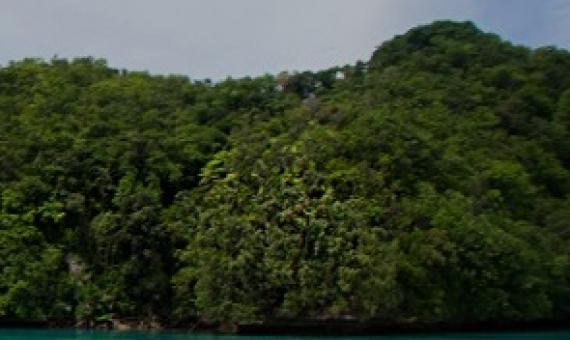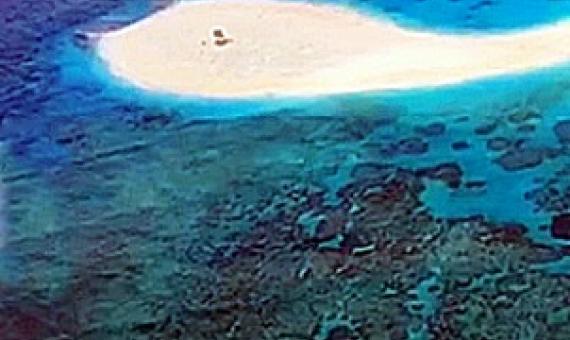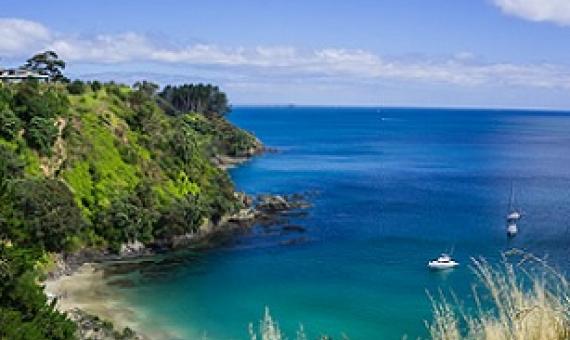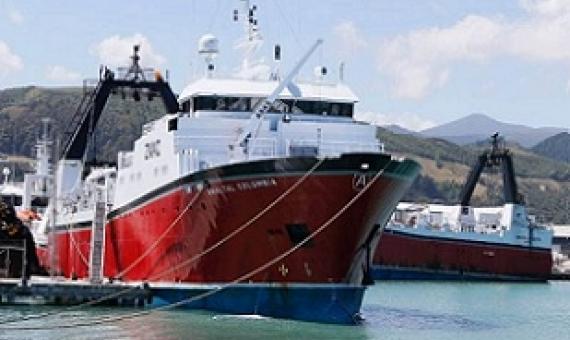This week, the Palau International Coral Reef Center (PICRC) is hosting the Science & Monitoring Strategy Development Workshop with experts from around the world to further develop the science and monitoring strategy for the Palau National Marine Sanctuary (PNMS).
Indonesian officials have sought to neuter an apparent bid to auction off private tourism enclaves to foreign investors in a marine reserve in the country’s east.
Early in the days when Europeans explored the Pacific frontier, they left their mark over a vast expanse of the ocean and its islands.
The submission period begins today for a proposed marine reserve in the Hauraki Gulf that would be the first new reserve in the area in 20 years. The Hākaimangaō-Matiatia (Northwest Waiheke) marine reserve proposal is being put forward by citizen conservation group Friends of the Hauraki Gulf.
A new, widespread study of the global state of marine coral reef wilderness by WCS, NGS, and university collaborators found that remote ocean wilderness areas are sustaining fish populations much better than some of the world’s best marine reserves.
The lives of coastal dwellers and the ocean are intricately linked.
Nelson-based fishing company Amaltal has been fined $27,600 for illegal fishing in a marine reserve off the coast of Kaikōura. In November, the company...was found guilty of illegal fishing in the reserve, some months after the skipper was fined in May 2020 for his part in the fishing.
Roadmap to recovery: a global network of marine reserves
The high seas lie beyond the 200 nautical mile limits that define the extent of national sovereignty by countries of the world. They cover 64% of the area of the oceans, and nearly half the surface of the planet. They are a global commons, under the stewardship of the United Nations Law of the Sea for the benefit of all nations. But human pressures on the high seas are increasing fast, and urgent action is needed to protect them from harm. Recent research shows that industrial fishing has
Guide to the common seaweeds of palolo deep marine reserve
The seaweeds at Paldo Deep occur in a variety of different habitats. These are shown on the map of the Reserve. The
greatest number of species occur along the margins of the deep and along the reef front, while the smallest number
occurs in the borrow pit.
4 copies
Call Number: VF 3480 [EL]
Physical Description: 18 p. ; 29 cm
Marine reserves in New Caledonia: case study
New Caledonia is surrounded by a large and rich lagoon which is enclosed by a barrier reef over 1,000 km long. Exploitation of the living lagoon resources to meet local requirements for
fish and other seafood has not, up to now, greatly affected the overall bio-ecological balance of the lagoon environment because New Caledonia's population density is very low.
The sea area near the capital of Noumea, where over half of the













